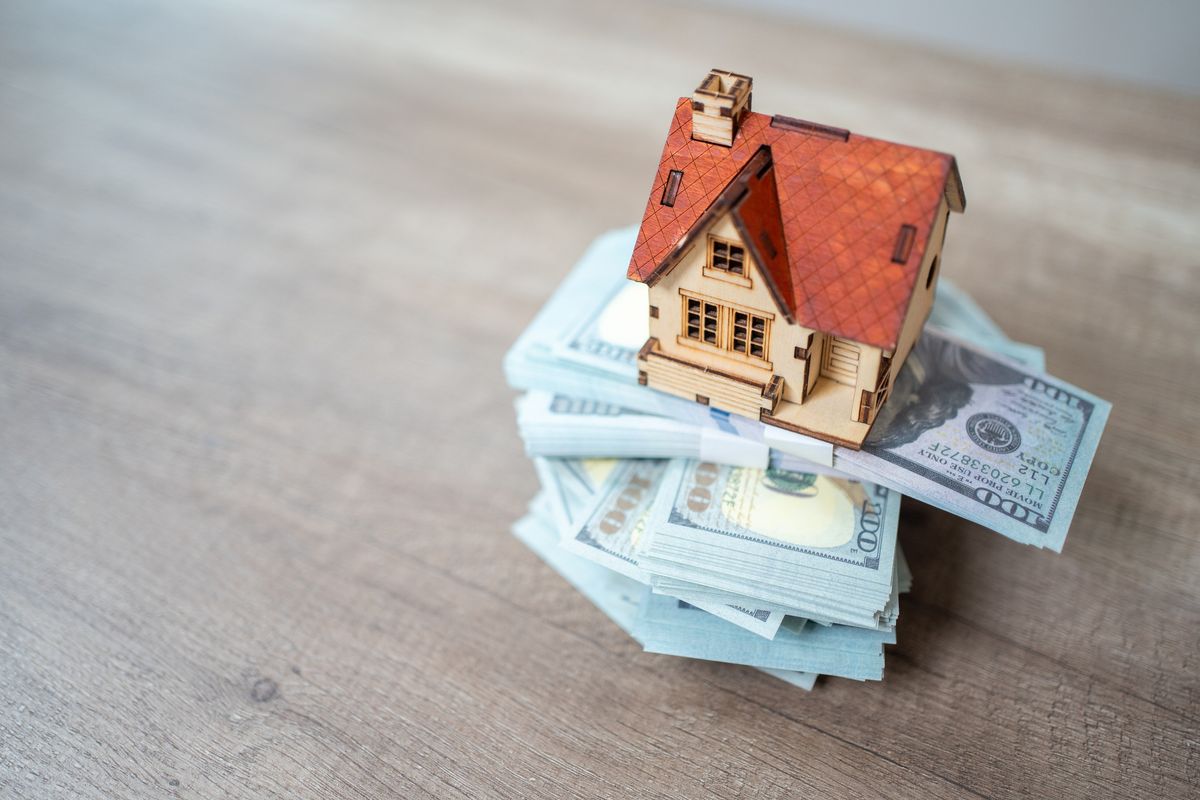To help you understand what is going on in the retirement and construction sectors our highly experienced Kiplinger Letter team will keep you abreast of the latest developments and forecasts (Get a free issue of The Kiplinger Letter or subscribe). You’ll get all the latest news first by subscribing, but we will publish many (but not all) of the forecasts a few days afterward online. Here’s the latest…
A major growth industry with years to run: Enabling seniors to stay at home for longer and not rely on expensive, crowded nursing homes. Given the country’s aging demographics, builders and contractors will be busy meeting this need.
Remaining at home is most people’s wish as they get older, unsurprisingly. Older folks generally value familiar surroundings and do better in terms of health if they can age in place at home.
Sign up for Kiplinger’s Free E-Newsletters
Profit and prosper with the best of expert advice on investing, taxes, retirement, personal finance and more – straight to your e-mail.
Profit and prosper with the best of expert advice – straight to your e-mail.
There are also strong financial incentives. The cost of nursing home care is soaring: $9,000 per month, on average. In big cities, where everything costs more, that figure is $13,000. Persistent staffing shortages are a major cost driver. Staying in an assisted-living facility averages $5,500 per month, or $7,000 in high-cost metros. The cost of care provided to seniors in their own homes varies, with a typical range of $3,500 to $6,000 per month. Clearly, saving money and being where you want is a win-win. But it often entails a lot of renovations to a home to make it safer and easier for older people to age in place there which is good for skilled contractors.
Some of the common home upgrades are familiar items: Adding grab bars, wheelchair ramps, widening entryways, adding ground-floor bathrooms if needed, etc. Others might be less obvious: Raising electrical outlets and lowering switches to make them easier to reach, especially for people in wheelchairs. Switching flooring to softer options that cushion falls, like bamboo over cork. Adding pull-out shelves and lowering countertops in the kitchen to make work surfaces easier to reach.
Then there are the big changes: Adding a master bedroom on the first floor. Swapping bathtubs for lipless showers. Installing wheelchair lifts on the stairs. Constructing a wheelchair ramp leading up to the front entrance of the house. See our guide to how to make your home safer as you age for more ideas.
Builders are increasingly thinking about catering to age-in-place needs, too. More Realtors are reporting younger clients who say they want a “feet-first house,” a place where they can live for the rest of their lives. One example of thinking ahead: Some builders are stacking closets on upper and lower floors, to create the space for a future elevator, if one is needed. Builders and contractors that are interested can be certified as an Aging in Place Specialist by the National Association of Home Builders (NAHB).
Paying for these improvements can be challenging, of course. Older people who are short on cash but have lots of home equity might consider a reverse mortgage, which doesn’t need to be paid off until the home is sold. But read the fine print first to make sure you understand all the terms and conditions before going that route.
This forecast first appeared in The Kiplinger Letter, which has been running since 1923 and is a collection of concise weekly forecasts on business and economic trends, as well as what to expect from Washington, to help you understand what’s coming up to make the most of your investments and your money. Subscribe to The Kiplinger Letter.










